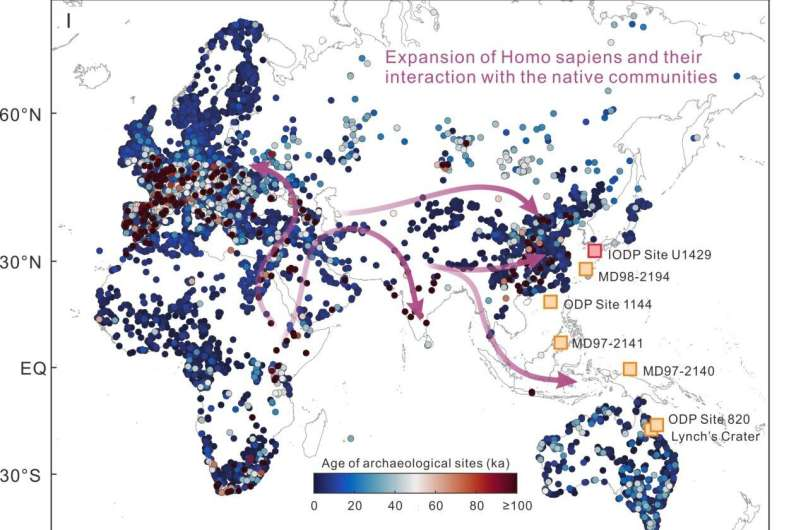Introduction
For centuries, the city of Troy was considered nothing more than a myth, immortalized in Homer’s epic poems, The Iliad and The Odyssey. Many scholars and historians debated whether Troy ever existed or was merely a product of poetic imagination. However, in the late 19th century, archaeological discoveries provided tangible evidence that the legendary city was real. This article examines the discovery of Troy, its historical significance, and how modern archaeology continues to unravel its mysteries.
The Myth of Troy
Troy occupies a central place in Greek mythology. According to The Iliad, the city was the site of the legendary Trojan War, where Greek forces, led by King Agamemnon, waged a ten-year siege against King Priam’s city. The war was ultimately won through deception—the infamous Trojan Horse. While the story has captivated audiences for millennia, many historians initially dismissed it as a work of fiction, akin to other mythical tales of gods and heroes.
Heinrich Schliemann and the Rediscovery of Troy
In the 19th century, German businessman and self-taught archaeologist Heinrich Schliemann set out to prove that Troy was not a mere legend but a real historical site. Inspired by the writings of ancient historians like Strabo and Pausanias, Schliemann conducted excavations in Hisarlik, a site in modern-day Turkey, in the 1870s. His efforts led to the discovery of multiple layers of ancient settlements, revealing that Troy was not a single city but rather a series of cities built atop one another over centuries.
The Archaeological Evidence
Schliemann’s excavations uncovered nine major layers of settlements, each corresponding to different time periods. Among the most significant findings were:
Troy II (c. 2600–2250 BCE): Schliemann initially believed this to be the Troy of Homer’s epics. He discovered a treasure hoard, which he named "Priam’s Treasure," though later research suggested it predated the Trojan War by a millennium.
Troy VI (c. 1700–1250 BCE): Later archaeologists, including Carl Blegen, identified this layer as a more likely candidate for Homeric Troy. It exhibited signs of destruction, possibly due to an earthquake or conflict.
Troy VIIa (c. 1250–1180 BCE): This level displayed evidence of warfare, including burned structures and human remains, aligning with the supposed timeline of the Trojan War.
The Significance of the Discovery
The rediscovery of Troy had profound implications for both archaeology and historical studies. It demonstrated that ancient literary sources could be rooted in historical reality, encouraging further investigations into other mythical or semi-legendary locations. The site also provided insights into the Bronze Age civilizations of Anatolia and the Aegean, revealing connections between the Hittites, Mycenaeans, and other ancient cultures.
Modern Excavations and Continuing Research
Since Schliemann’s time, archaeological methods have significantly advanced. Scholars such as Manfred Korfmann and a team of international experts have continued excavations, employing advanced technologies like ground-penetrating radar and stratigraphic analysis. These efforts have refined our understanding of Troy’s urban development, trade networks, and its role in regional conflicts.
Conclusion
The discovery of Troy transformed a long-standing myth into historical reality, bridging the gap between literature and archaeology. While many aspects of the Trojan War remain speculative, the evidence from Hisarlik confirms that a powerful city once stood where Homer’s epic battle was said to have taken place. The ongoing exploration of Troy continues to offer invaluable insights into ancient civilizations, demonstrating the enduring power of myth and history intertwined.







